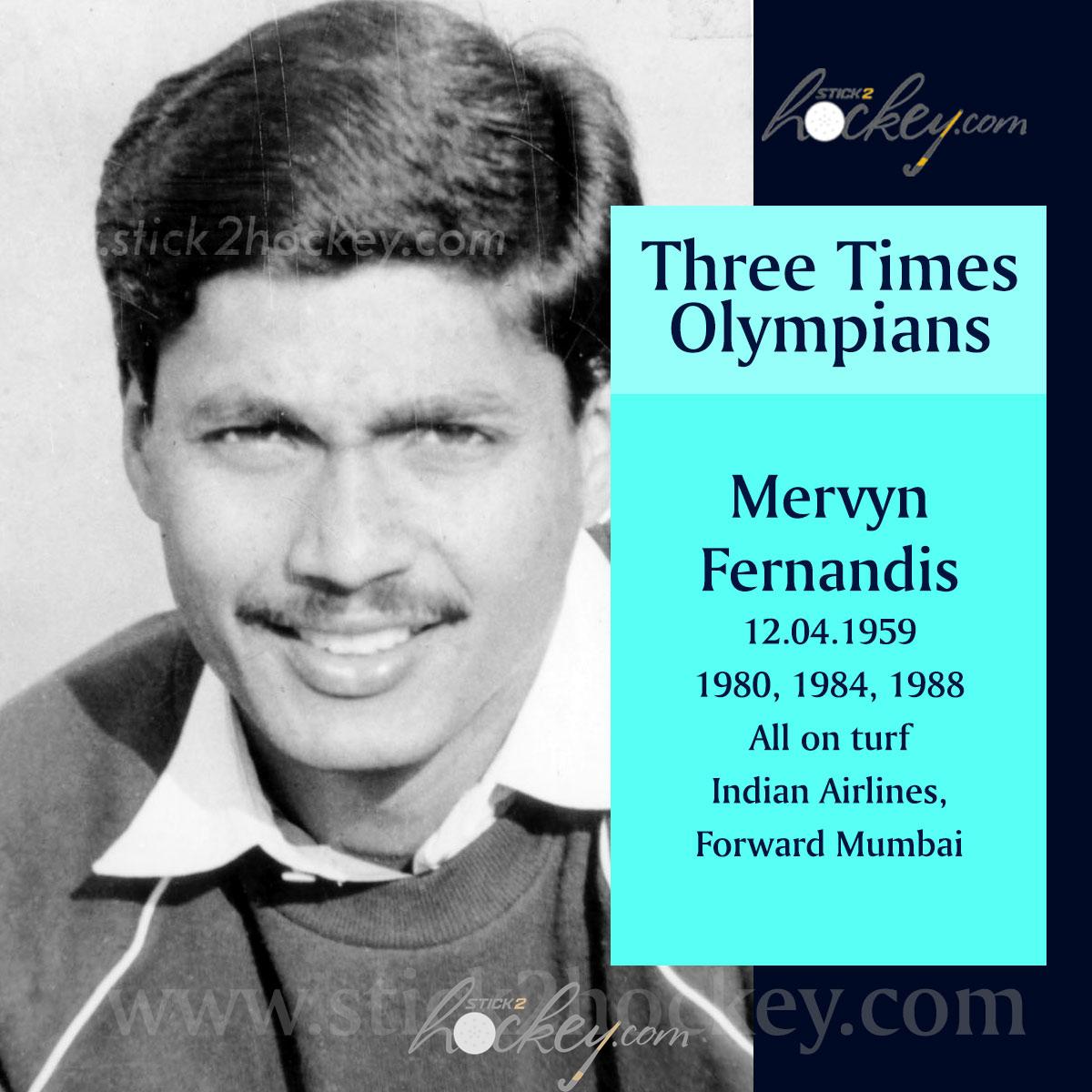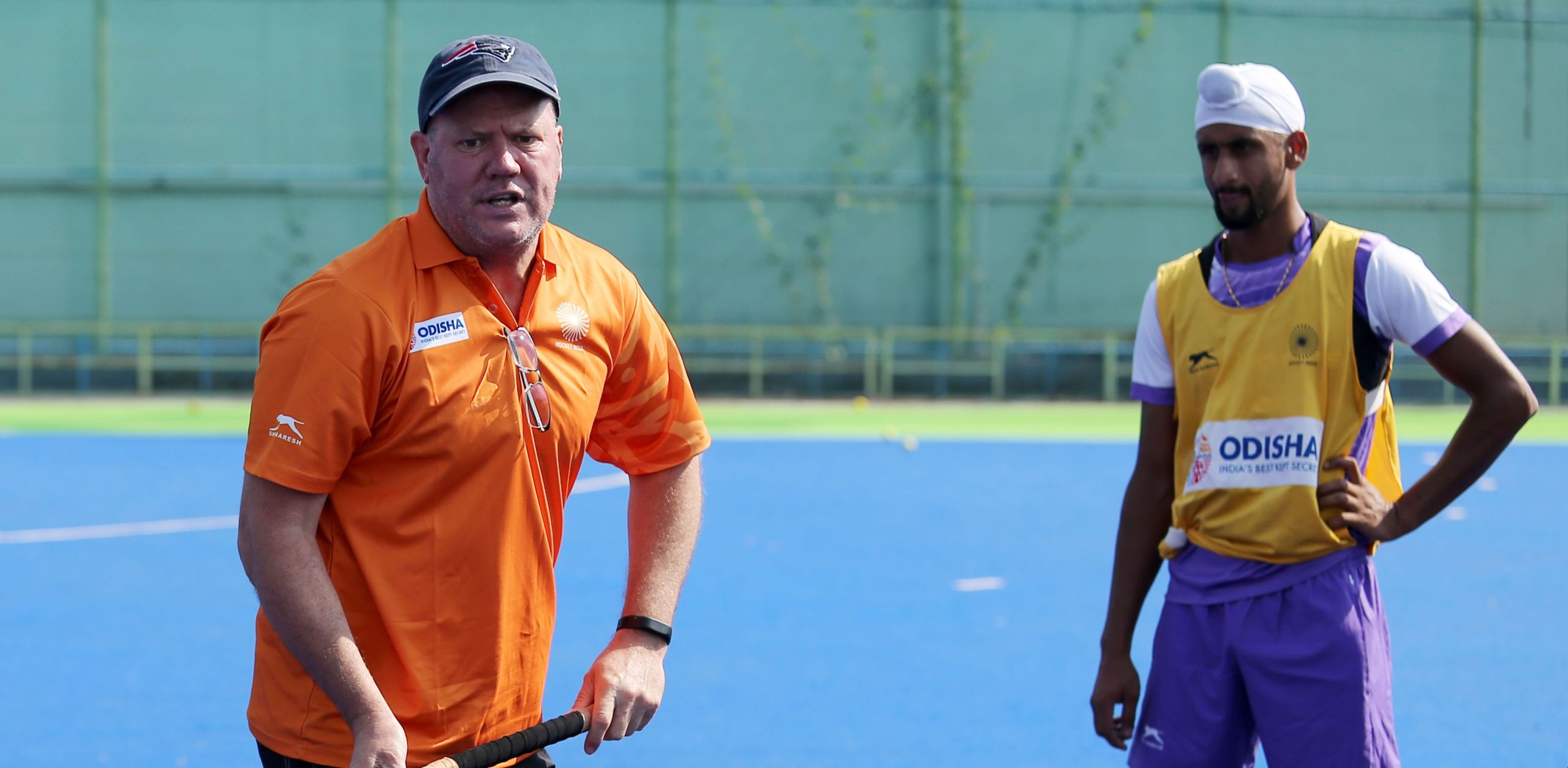By MERVYN FERNANDIS
The Olympic Games men’s hockey is always a close affair. Holland, Germany and Australia dominated in most of the competition for quite some time. Change was seen at the Rio Olympics 2016 when Argentina and Belgium joined the bandwagon and are now among the top contenders.

Olympic Goldie Mervyn
Any of the first six to seven teams in the present world rankings can win against each other on a given day. Referring to so many sides being in contention for the gold medal may look strange…. the reality is that the level of play nowadays is so competitive, any of the leading teams going to Tokyo 2020 can finish on the podium.
India is ranked number four, which is a creditable feat by our players in FIH tournaments over a long duration. As always, there is a lot of expectation from the side to come back with a medal. This Tokyo-bound team is no exception, considering their consistent performances for the past few years in the build-up to this great event which every athlete dreams of taking part in.
As the fourth-ranked team in men’s hockey, other teams are surely aware we are a tough side to face. India coach, Graham Reid, has chosen to go with a fast, fit squad and is assumed to have had a say in team selection. In some of his recent interviews, he has expressed satisfaction with the composition of the team. He spoke about key factors, ie a lot of pressing, defending in numbers and off the ball running.
Indian chief coach Graham Reid
He also referred to the ‘team first” mentality, which he feels is going to make the difference. I would like to point out that recent results do not matter when it comes to big teams. We have beaten Argentina, the current defending Olympic champion and Germany (test series). Those wins can boost our morale, nothing more should be read into those results.
Winning matches against Argentina in the FIH Pro League is creditable, the results in the practise games though need to be treated with caution. Bigger teams use these matches to try out players and experiment with game plans, the value of such competitive experience is more for the Indian coaches to assess our players.
Having not seen the Indian team perform in a tournament for more than a year, it is not right for me to comment on the omissions. Forwards SV Sunil, Akashdeep Singh have not been included for reasons known to the coach Reid and the selectors. I understand the selection trials were done virtually. Only Reid and the selection committee could have decided if at least one of these two experienced forwards, used in short bursts, would fit into the game plan on current fitness and form.
Single goalie in the team is a global tactic, so all loads on Sreejesh
Among the players chosen, Shamsher Singh who in my opinion has the least experience. I hope he can justify his selection with his performance. India chose only one goalkeeper in P Sreejesh, the best we have and the first choice. I have noticed other teams also choosing this tactic, but wonder if another player has been trained for the role, in case of a situation when, God forbid, Sreejesh gets injured
and the match is on.
Can the team afford the risk, in case he needs to be replaced with a converted goalkeeper from those in the line-up?! India will be at an advantage due to the availability of three drag-flick specialists, ie Rupinderpal Singh, Harmanpreet Singh and Amit Rohidas (reserve player Varun Kumar is also a drag flicker). I do not remember the last time when India was blessed with so many players to take advantage of short corners.
We all know how a good conversion rate can make a difference to the fortunes of the team in tight situations. India will have effective players in the midfield led by Manpreet Singh and the forwardline by Mandeep Singh and Lalit Upadhyay to name a few. Others have been tested by coach Reid in test matches and internal games at the camp.
Indian teams of late have avoided taking cards which is a very healthy sign. The loss of one first-team player due to suspension changes the balance of a settled squad and no team at the Olympics can afford to perform with a key player cooling his heels.
If we can convert the half chances, avoid conceding last minute goals, ensure at least 30 percent short corner conversion and garner maximum points against teams ranked below us, Japan (hosts) and New Zealand (no pushovers), we will have crossed the first hurdle in the race for the quarter-final. Thereafter, it will all boil down to the mental strength and skills which they have exhibited during the build-up and prove that their present FIH rankings were not a flash in the pan.
(as told to Nandakumar Marar)
***
www.stick2hockey.com is India’s oldest hockey website. Launched in 1999, the website, edited and owned by hockey historian and author K. ARUMUGAM, has covered all
major tournaments and events with precision. www.stick2hockey.com is the first site in the hockey world to bring viewers live text commentary and duly entered the prestigious Limca Book of Records. If vintage stories are what you are looking for, this site is the right one for you. You will also find pictures, some of them among the rarest, images of precious newspaper clippings, match reports, news breaks, interviews, features, statistics and history on a site respected by one and all in the hockey world.


